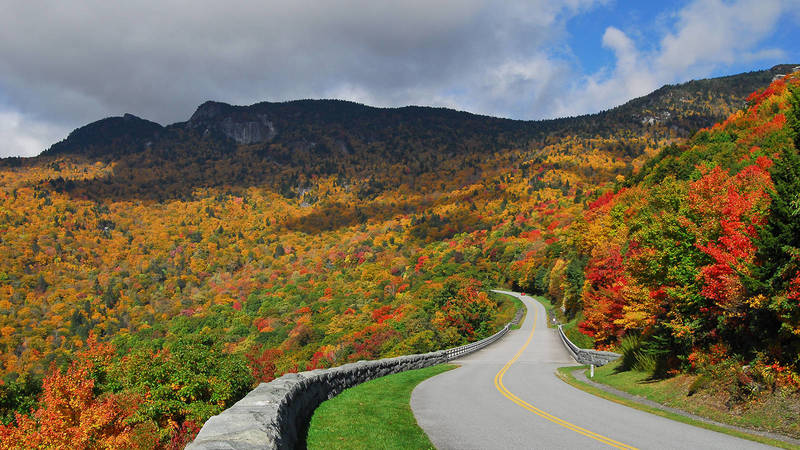Investing in national parks benefits local economies, the American people, and our nation's future
Washington, D.C. – The nation’s leading voice for the national parks, the nonpartisan National Parks Conservation Association (NPCA), today said the Administration’s budget request for the national parks will barely cover costs to pay the bills, let alone restore the operational needs to serve park visitors and protect America’s wildlife and heritage for their second century.
“During these tough economic times, Americans are visiting national parks in numbers not seen in years, stimulating local economies nationwide,” said Tom Kiernan, president of the National Parks Conservation Association. “Our national parks offer affordable vacation destinations for families and invaluable classrooms for America’s youth, and we must ensure they are fully protected and staffed.”
NPCA is calling on President Obama to keep his campaign promise to continue the federal commitment toward restoring our national parks in time for the 2016 centennial and beyond. Further, compared to the overall federal budget, the Park Service is very small—only one tenth of 1 percent. “Providing parks the funds needed to serve visitors and protect resources is a tiny investment in our national heritage, and will provide economic benefits and jobs in struggling communities nationwide,” said Kiernan.
The President’s 2011 budget request for the National Park Service is approximately $2.7 billion—a decrease of $21.6 million over the current fiscal year 2010 budget. Within the total budget, nearly $100 million in park programs are reduced or eliminated—including Save America’s Treasures and Preserve America grants—and parks are left without funding to pay for cost of living adjustments for staff. The operations budget proposal does not come close to meeting the $100 million request by the National Park Second Century Commission, and is insufficient to maintain current park operations and visitor services. The budget also includes a $44 million decrease for construction and maintenance needs. Budget reductions mean that the proposed $35 million increase for park operations fails to fund basic Park Service needs.
In addition, the budget proposal includes a modest, but important $20 million increase for the Park Service to purchase land within park boundaries that may be threatened by development.
Three years ago, lawmakers recognized the dire financial situation of the parks and began to restore the operations budget, decreasing the operating deficit from $850 million to roughly $580 million this year. This budget will reverse that progress, while also adding to a backlog of maintenance needs that already exceeds $9 billion. Additional investments would protect cultural sites and historic buildings; repair the parks’ crumbling infrastructure; and improve educational opportunities for students and schools.
In 2009, in recognition of their importance to the economy, American jobs, and future, the national parks received a measured investment of $900 million in the stimulus bill. From the Great Smoky Mountains to Yellowstone National Park, stimulus projects benefited local economies and national parks nationwide. And as affordable vacation destinations for all Americans, visitation to national parks increased by nearly 5 percent, demonstrating the enhanced value of our parks in difficult economic times.
A recent study commissioned by NPCA found that every dollar invested in national parks generates at least four dollars economic value to the public—supporting approximately $13 billion of local private-sector economic activity and nearly 270,000 private sector jobs.
“Our national parks provide all Americans with a place to reconnect with families, our shared heritage, and the values that make this nation great,” said Kiernan. “Leaders who invest in our national parks prepare a legacy for America’s future generations.”
As recommended by National Parks Second Century Commission in their final report to Congress and the Administration, NPCA is advocating for a multi-year commitment that reduces the operating shortfall by at least $100 million per year, as well as an additional $500 million to meet the construction and maintenance needs of our national parks.
For more information, visit: www.npca.org/protecting-our-parks/park-funding.
###
About National Parks Conservation Association
Since 1919, the nonpartisan National Parks Conservation Association (NPCA) has been the leading voice in safeguarding our national parks. NPCA and its more than one million members and supporters work together to protect and preserve our nation’s natural, historical, and cultural heritage for future generations. For more information, visit www.npca.org.
For Media Inquiries
-
Issues


